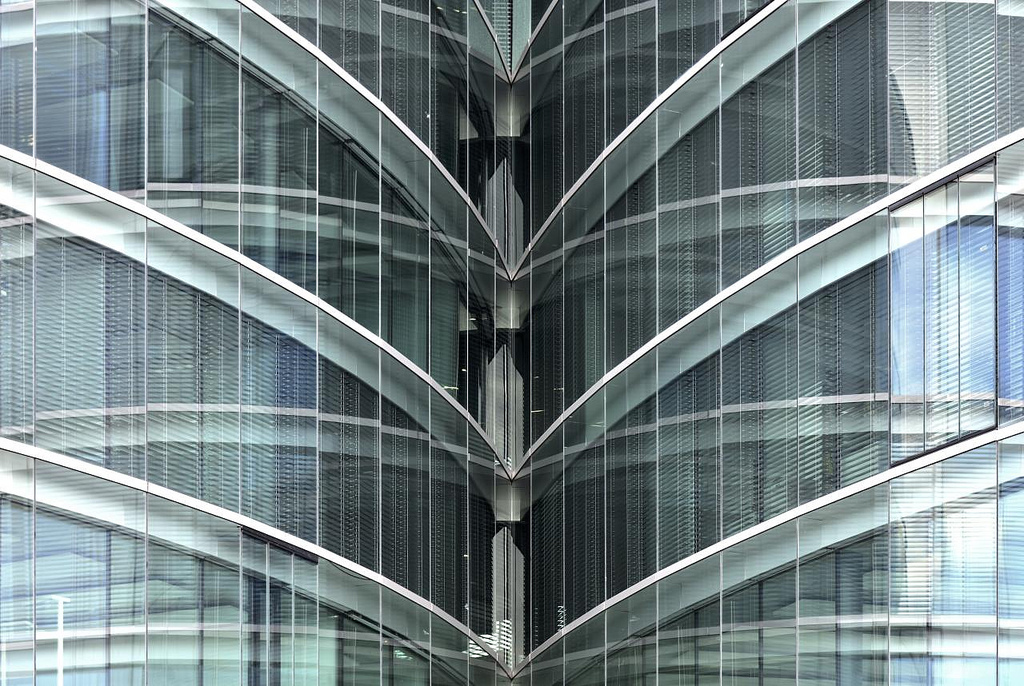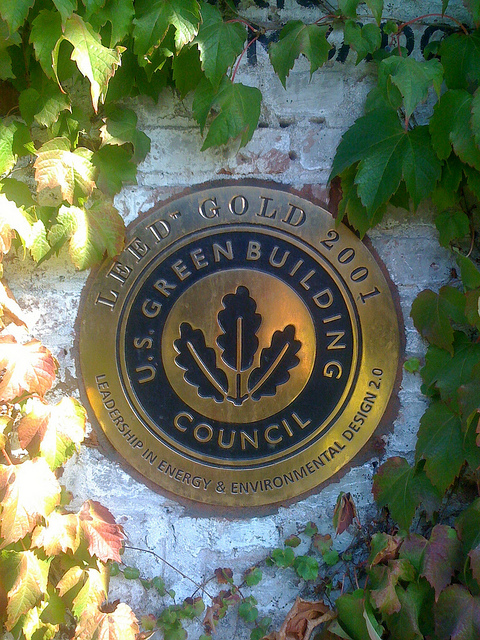Guide to the Most Important Green Building Certification Systems in the World

Here in Australia, the GBCA are working towards a greener and more sustainable future. The past decade has seen tremendous growth within the building industry, as companies such as the GBCA and others have been working towards designing and creating a greater percentage of buildings that are certified as green and sustainable. When looking at how this has been accomplished, there are a plethora of green building certification systems throughout Australia and all over the world that have helped to create a new standard of quality within the industry. Here’s a brief look at what some of these systems are.
The LEED certification system is one of the foremost rating systems in the world. In fact, LEED is the first green certification system to be utilized by Embassy TechZones in Serbia for their recent Business Park in Indjija and has rated the Pixel Building in Melbourne with the highest green rating out of 44,000 buildings in the world.
In general, the LEED rating system helps to utilize sustainability in the design and construction of a building. This is accomplished through energy and water conservation, the reduction of greenhouse gas emissions, reducing the amount of waste sent to landfills, lowering the operating costs and providing incentives to building owners, such as tax rebates.
Similar to LEED, Green Star is a rating system that is considered to be one of the best in all of Australia. This system rates a myriad of different types of buildings on how green and sustainable they are, including schools, hospitals, industrial facilities, offices, apartment buildings and more. They are an independent third-party analyst, so the ratings are never skewed in the favor of any particular building.
This rating system utilizes a wide range of different factors for analysis in determining the sustainability level of a certain building. Each of these rating tools are designed specifically for different building types. For example, the ratings for an office are based on 8 factors, including management, indoor environment quality, energy, transport, water, materials, land use and ecology and emissions.
While not quite as large as the LEED and Green Star building certification systems, NatHERS focuses its system on house designs to ensure that they, at the very least, have the minimum amount of sustainability levels that have been set by the BCA, or Building Code of Australia. To ensure that a house is as energy efficient and green as possible, they provide a detailed analysis and rating at the very beginning of the design stage.
Their rating extends from zero to ten stars, with the latter being the best that a house can achieve when it comes to energy efficiency. NatHERS determines the heating and cooling potential of a house by rating the shading, house location, house type, glazing type and building materials that are to be used in the construction of the house.
NABERS, or National Australian Built Environment Rating System, measures and rates the environmental performance of buildings within Australia, such as hotels, offices and shopping centres. While they differ a bit from the aforementioned certification systems, as they focus primarily on grading how the building performs after its been completed instead of during its initial design and creation, they offer up a comprehensive set of rating tools that work well in determining the sustainability levels of a building.
In 2010, the Commercial Building Disclosures ruling in Australia made it clear that all offices utilizing a floor area of more than 2,000 square meters must provide NABERS with their energy levels so that they can give the building an indoor performance rating. Their rating system is similar to that of Green Star, while they focus mostly on rating the water consumption, waste generation, indoor environment quality and energy bills of a building.
Overall, these are merely just a few of the huge variety of green building certification systems that are present in the world and growing more numerous by the minute. With more and more businesses deciding to go the route of ensuring that their buildings meet these certification standards, the world’s environmental future is looking better with each passing day.
 Follow
Follow